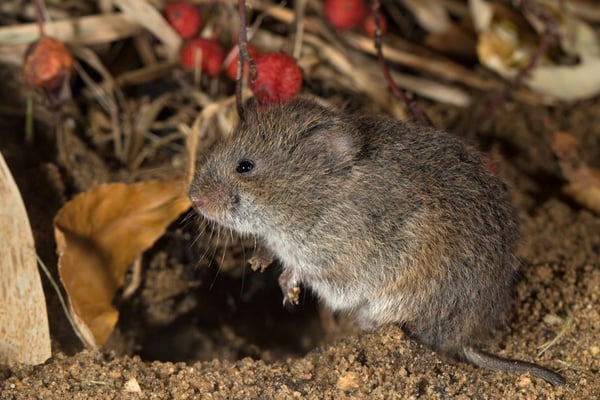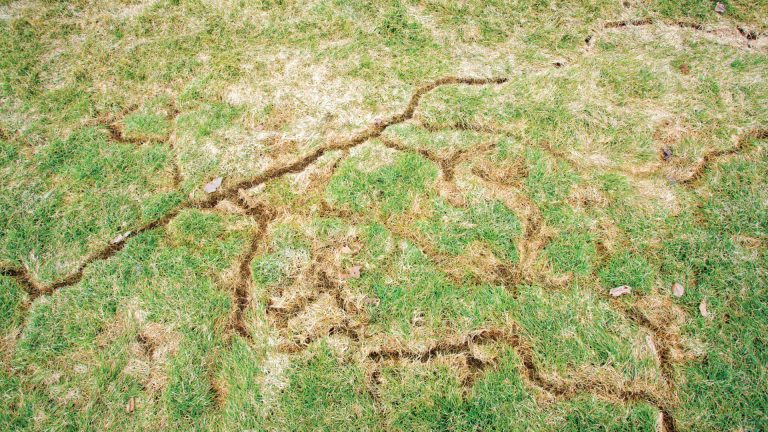Vole Yard Damage Solutions: Effective Control Methods
Vole Yard Damage Solutions: Effective Control Methods
Blog Article
Understanding Vole Pest Control: Thorough Insights on Infestation Prevention and Therapy Approaches
By recognizing the refined indicators of vole infestation early on, we can take proactive steps to protect against widespread damage. In this discussion, we will discover the nuances of vole habits, delve right into the identification of invasion signs, and discover the most efficient prevention and therapy techniques.
Recognizing Vole Actions
Examining the foraging patterns of voles offers important insights into their behavior and habitat preferences. By observing their foraging actions, scientists can gain a better understanding of where voles prefer to establish their environments and the degree of their ecological impact.
Research indicates that voles display selective feeding practices, choosing seeds, bulbs, and roots. This dietary choice influences their foraging patterns, leading them to locations rich in greenery and ground cover. In addition, voles are known to create elaborate passage systems for foraging and nesting purposes, indicating a high degree of adaptability to their environments.
Recognizing vole habits is essential for implementing targeted insect control procedures that disrupt their habitat choices and foraging activities (vole pest control). By studying their behavior, specialists can develop much more reliable prevention and therapy approaches to handle vole infestations

Identifying Signs of Vole Invasion
Vole invasions can be detected by recognizing certain indications of their presence in a location. One of the most common indications of a vole problem is the existence of surface runways. Voles develop networks of slim paths on the ground that are commonly around two inches large. These paths are commonly found in verdant locations or under compost or ground cover where voles can move openly and look for food.
One more vital indication of vole problem is the visibility of tiny burrow openings in the ground. Voles dig superficial burrow systems with multiple entries and leaves. These burrows offer as sanctuary and nesting sites for the voles. Furthermore, voles are understood to leave eaten plant stems, roots, and bulbs near their burrow openings, indicating their feeding task in the location.
Locating these droppings along paths or near burrow openings can confirm a vole infestation. By being vigilant for these indicators, home owners can immediately attend to vole infestations and protect against more damage.
Executing Proactive Prevention Measures

Moreover, employing natural vole deterrents like castor oil-based repellents or killer pee can serve as effective preventive actions. It is additionally a good idea to regularly inspect outdoor areas for any type of signs of vole activity, such as paths or tunnel openings, to attend to potential infestations immediately. vole lawn damage. By adopting these positive prevention techniques, homeowner can considerably minimize the probability of vole damage and keep the wellness and appearances of their landscapes
Effective Therapy Techniques
Including targeted capturing approaches and using approved rodenticides are necessary parts of effective treatment strategies for handling vole invasions. Capturing can be an effective means to decrease vole populaces, specifically when positioned strategically in their active paths. Snap traps and live traps can both work, with the latter enabling the capture and relocation of voles. When utilizing rodenticides, it is crucial to comply with safety and security guidelines to stop harm to non-target pets and pets. Place rodenticides in safe bait terminals to decrease threats to unplanned targets. Additionally, habitat adjustment, such as minimizing ground cover and removing sources of food, can assist discourage voles from infesting an area. Regular surveillance and maintenance are likewise crucial elements of successful therapy approaches to ensure that vole populations are maintained under control. By combining capturing, rodenticides, habitat modification, and regular surveillance, effective vole parasite control can be attained.
Surveillance and Maintenance Tips
Routine monitoring enables for the early discovery of vole activity, allowing punctual treatment before infestations aggravate. To effectively monitor vole populations, tactically positioned catches can be utilized in vole runways or near burrow entryways.
In addition, maintaining a well-kept and neat landscape is essential in vole avoidance. Clearing up away particles, such as piles of wood or thick greenery, removes potential vole environments. Regularly trimming and cutting lawns plant life helps in reducing vole concealing spots and lessens their access to food resources.
Moreover, continuous maintenance of physical barriers, such as fences or wire mesh, is important to stop vole breach. Inspecting and fixing any kind of problems to these structures my site guarantees that vole control stays reliable in securing properties from problems. By integrating these tracking and upkeep techniques into an extensive vole insect control plan, people can effectively take care of vole populations and safeguard their residential or commercial properties from damage.
Conclusion
Finally, understanding vole insect control needs a solid understanding of vole behavior, the ability to determine indicators of infestation, applying proactive avoidance measures, reliable therapy approaches, and consistent surveillance and maintenance. By taking a comprehensive method to vole control, individuals can efficiently take care of and prevent problems, inevitably protecting their residential or commercial property and surrounding atmosphere from damages triggered by these little rats.
In this discussion, we will certainly check out the subtleties of vole behavior, this article dive into the identification of problem signs, and discover the most reliable prevention and therapy techniques.Incorporating targeted trapping approaches and using approved rodenticides are necessary components of effective treatment strategies for managing vole infestations. To effectively monitor vole populations, strategically put catches can be utilized in vole runways or near burrow entryways. Examining and fixing any kind of damages to these frameworks makes sure that vole control stays efficient in guarding homes from problems. By including these surveillance and upkeep methods into a comprehensive vole bug control strategy, people can successfully take care of vole populaces and safeguard their homes from damage.
Report this page